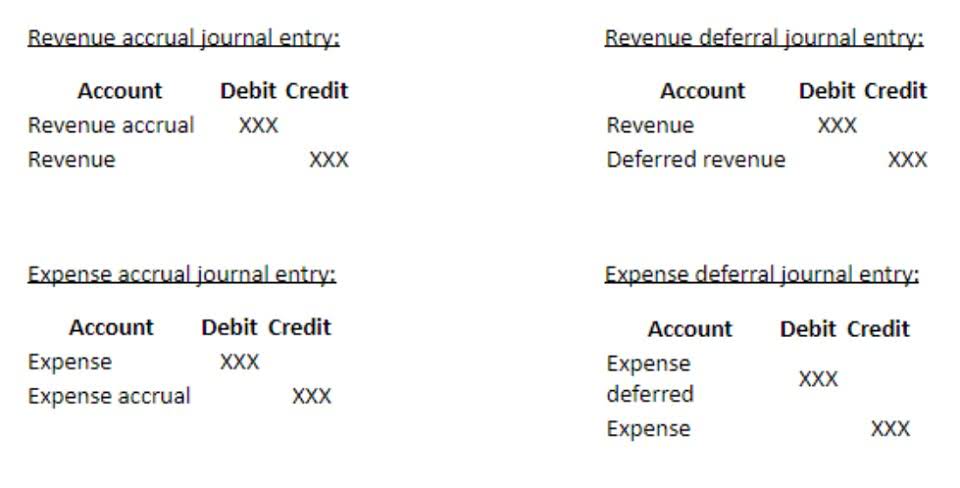
Only income statement accounts help us summarize income, so only income statement accounts should go into income summary. The income summary account is an intermediary between revenues and expenses, and the Retained Earnings account. It stores all of the closing information for revenues and expenses, resulting in a “summary” of income QuickBooks or loss for the period. The balance in the Income Summary account equals the net income or loss for the period. This balance is then transferred to the Retained Earnings account.

Permanent versus Temporary Accounts

They zero-out the balances of temporary accounts during the current period to come up with fresh slates for the transactions in the next period. After closing both income and revenue accounts, the income summary account is also closed. All generated revenue of a period is transferred to retained earnings so that it is stored there for business use whenever needed. As the drawings account is a contra equity account and not an expense account, it is closed to the capital account and not the income summary or retained earnings account. Temporary accounts are income statement accounts that are used to track accounting activity during an accounting period. For example, the revenues account records the amount of revenues earned during an accounting period—not during the life of the company.
Closing Entry for Dividends (Capital Reduction)

Now that all the temporary accounts are closed, the income summary account should have a balance equal to the net income shown on Paul’s income statement. Now Paul must close the income summary account to retained earnings in the next step of the closing entries. Below are examples of closing entries that zero the temporary accounts in the income statement and transfer the balances to the permanent retained earnings account.
- One such expense that’s determined at the end of the year is dividends.
- It is important to understand retained earnings is not closed out, it is only updated.
- The account has a zero balance throughout the entire accounting period until the closing entries are prepared.
- These accounts are closed directly to retained earnings by recording a credit to the dividend account and a debit to retained earnings.
Frasker Corp. Closing Entries
Revenue, expense, and dividend accounts affect retained earnings and are closed so they can accumulate new balances in the next period, which is an application of the Bookstime time period assumption. A closing entry is a journal entry that’s made at the end of the accounting period that a business elects to use. It’s not necessarily a process meant for the faint of heart because it involves identifying and moving numerous data from temporary to permanent accounts on the income statement.


All accounts can be classified as either permanent (real) or temporary (nominal) (Figure 5.3). The business has been operating for several years but does not have the resources for accounting software. This means you are preparing all steps in the accounting cycle by hand. Answer the following questions on closing entries and rate your which of the following is not a closing entry confidence to check your answer. We have completed the first two columns and now we have the final column which represents the closing (or archive) process. An accounting year-end which is not the calendar year end is sometimes referred to as a fiscal year end.
- Afterwards, withdrawal or dividend accounts are also closed to the capital account.
- They’d record declarations by debiting Dividends Payable and crediting Dividends.
- Net income is the portion of gross income that’s left over after all expenses have been met.
- This gives you the balance to compare to the income statement, and allows you to double check that all income statement accounts are closed and have correct amounts.
- The retained earnings account balance has now increased to 8,000, and forms part of the trial balance after the closing journal entries have been made.
- Notice that the Income Summary account is now zero and is ready for use in the next period.
- The purpose of the income summary is to show the net income (revenue less expenses) of the business in more detail before it becomes part of the retained earnings account balance.
- Remember from your past studies that dividends are not expenses, such as salaries paid to your employees or staff.
- It stores all of the closing information for revenues and expenses, resulting in a “summary” of income or loss for the period.
- Clear the balance of the revenue account by debiting revenue and crediting income summary.
- If you put the revenues and expenses directly into retained earnings, you will not see that check figure.
We don’t want the 2015 revenue account to show 2014 revenue numbers. The income summary is used to transfer the balances of temporary accounts to retained earnings, which is a permanent account on the balance sheet. The accounts that need to start with a clean or $0 balance going into the next accounting period are revenue, income, and any dividends from January 2019. To determine the income (profit or loss) from the month of January, the store needs to close the income statement information from January 2019. Suppose a business had the following trial balance before any closing journal entries at the end of an accounting period.